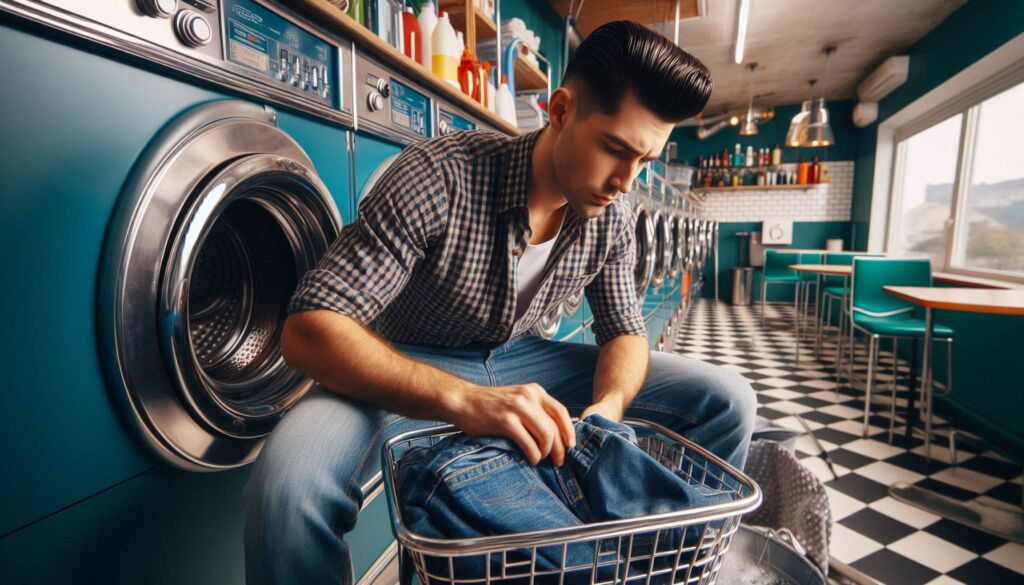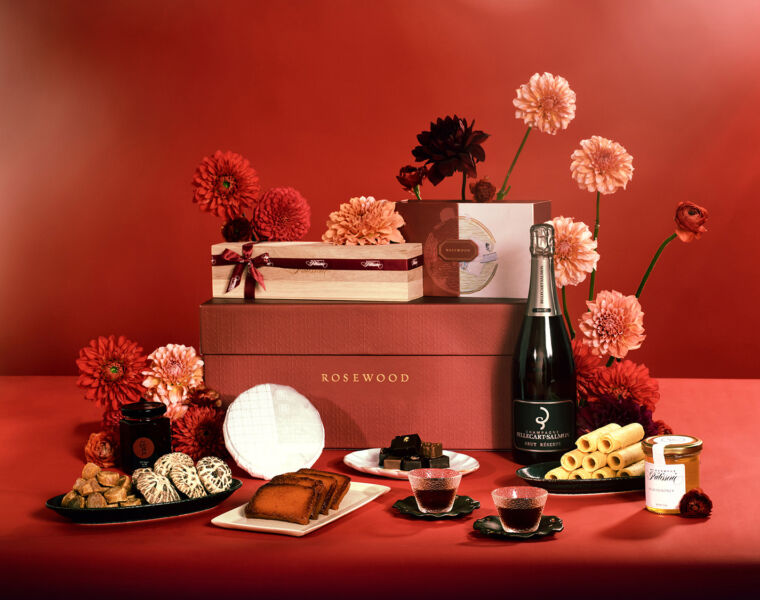
The nominee list of the most iconic fashion items will undoubtedly be long. However, new research has revealed that out of the many items that have helped shape modern culture, one clothing item, above all others, takes the top spot: Levi’s 501 jeans.
Many will remember the iconic Levi’s advert in the 1980s, in which a striking-looking young man (Nick Kamen) walked into a busy launderette, removed his black T-shirt and Levi 501 jeans, and placed them into a washing machine before casually sitting on a chair wearing only his white boxer shorts.
This 35-40-second advert, backed by Marvin Gaye singing “I Heard It Through the Grapevine,” breathed new life into the clothing brand. The defining advert is said to have increased sales of its iconic jeans by a staggering 800%, to a point where consumer demand was outstripping supply. Sir John Hegarty, the man behind the revolutionary advert, has said of his advert, “It was a catwalk without it looking like a catwalk.”
Initially patented in 1873, 501 jeans recently celebrated their 150th year. Originally called a “waist overall,” the original incarnations had one back pocket—with the signature Levi stitching design—a watch pocket, a cinch, suspender buttons, and a rivet in the crotch.
In 1939, Hollywood star John Wayne wore a pair in the western Stagecoach, introducing the hard-wearing trousers to the masses and elevating their appeal. As a result, they became a staple in the US, with fashion icons including Marilyn Monroe and Marlon Brando pictured wearing them.
More recent 501 devotees include Hailey Bieber, Selena Gomez, Kristen Stewart and Sydney Sweeney.
Those making the Most Iconic Fashion Item list
The classic Ralph Lauren polo shirt (25%) took the runners-up spot in the most iconic fashion items rankings, followed by Chanel’s timeless little black dress (23%), which Coco Chanel initially designed and created in 1926.
Converse All Star trainers (20%), Levi’s denim jacket (20%), and the Ray-Ban aviator (18%) are also considered among the most iconic fashion items ever, along with the Nike Air Max 90 trainer (18%), cherry red Doc Marten (15%), bomber jacket (15%), and a classic, crisp plain white T-shirt (15%).

Perhaps more divisive, the 2,000 Brits polled also rated the UGG boot (12%), Croc (11%), Adidas “popper” jogger (9%), and “normcore” fashion favourites like a North Face fleece (8%), bucket hat (8%), and Birkenstock sandal (6%).
The Rise in Thrift Shopping
The research, commissioned by the livestream shopping platform Whatnot, also uncovered an increase in thrift shopping. Seven in ten (70%) regularly go vintage or second-hand shopping, rising to 84 per cent among those aged 18 to 28.
On average, Brits buy five vintage or second-hand pieces monthly (seven pieces for Gen Z).
The main reasons for scouring the second-hand rails are that they are cheaper (59%), you can bag a bargain (52%), they are more sustainable (47%), and you’re supporting local businesses and charities (41%).
In fact, over a third (35%) say they are making more effort to buy sustainable clothing now compared to five years ago—with 30 per cent admitting they now ONLY buy sustainable clothes, rising to 43 per cent of under 29-year-olds.
Over half (54%) love that they can unearth amazing vintage clothes, so much so that eight in ten (84%) regularly hunt around charity stores for a specific piece of clothing. Modern Brits are most likely (88%) to go thrifting with just one item of clothing on their shopping list.
According to fashionable Brits, charity shops (41%) are the place to go for an old-school outfit, followed by online marketplaces (24%), speciality shops (7%), and market stalls (6%).
The nation’s love of vintage clothing is so strong that four in ten (45%) are annoyed at themselves for having thrown away old classics gifted to them by older relatives.
Daniel Fisher, UK General Manager from Whatnot, which commissioned the research, said, “It’s clear from the research that more Brits are embracing second-hand fashion and iconic vintage pieces like Levi 501s, Ralph Lauren polo shirts and little black dresses.
Vintage clothing offers shoppers a unique opportunity to invest in timeless pieces with history and character, which is why we’re excited to introduce Whatnot’s thriving men’s and women’s vintage categories to the UK market after seeing how successful they’ve been in the US. These categories represent a more sustainable and exciting way to shop for iconic fashion items, and our sellers are experts who source incredible, hard-to-find pieces for their communities.
We’ve designed our livestream shopping experience to make discovering and purchasing these gems fun and interactive, offering a platform where buyers can find incredible deals while supporting sustainability and style together with a community of like-minded shoppers.”
This change is also reflected in that eight in ten (86%) would rather buy a few quality pieces that last a long time than cheaper items that last just a few years. Eighty-nine per cent of Brits aged between 18 and 29 would rather spend more on classic, timeless pieces.
It’s no surprise that 58 per cent believe that fashions come back around, with the nineties (26%), the eighties (21%), and the sixties (17%) being the nation’s favourite era for vintage clothing.

The Most Iconic Fashion Items of All Time, According to Thrifty Brits:
- Levi 501 jean – 45%
- Ralph Lauren Polo shirt – 25%
- Chanel little black dress – 23%
- Levi denim jacket – 20%
- Converse All Star trainer – 20%
- Nike Air Max 90 trainer – 18%
- Ray ban Aviator – 18%
- Bomber jacket – 15%
- Plain white t-shirt – 15%
- Cherry Red Doc Marten -15%
- Green Barbour jacket – 13%
- Mary Quant miniskirt – 13%
- Ugg boot – 12%
- Fred Perry polo shirt – 12%
- Croc – 11%
- Trench coat – 10%
- Vans trainer – 10%
- Louboutin heel – 10%
- Burberry tartan scarf – 9%
- Adidas’ popper’ joggers – 9%
- Chanel tweed jacket – 9%
- Ray-Ban Wayfarer – 9%
- Hunter Wellington boot – 8%
- North Face fleece – 8%
- Bucket hat – 8%
To learn more about the history of the 501 jeans, click here.
The Most Iconic Fashion Item research was commissioned by Whatnot and conducted by Perspectus Global in September 2024. Two thousand Britons took part in the polling.

![]()




You must be logged in to post a comment.